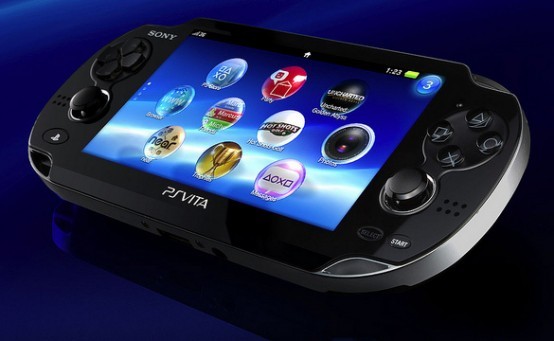
I can't wait to buy the PlayStation Vita. Considering how much mileage I got out of Sony's previous handheld, the PSP, it's a no-brainer that the Vita will be of great use to gamers on the go like me. The device can play games that look almost as good as the PlayStation 3, and compared to Nintendo's 3DS, the Vita looks like a sophisticated piece of technology more than a toy.
However, a lot of the shine and glamor of the PS Vita has faded away since its official announcement in January 2011. Many of the cool bells and whistles promised on the device quickly became overshadowed by many disappointing features of the portable, and now it seems the PS Vita has an uphill battle ahead of itself to make gaming fans happy. Sure, the device houses amazing technology and will look amazing, but there are so many glaring issues tied to the portable gaming device. Here are six of the most noticeable flaws that should give gamers concern.
]
1. PS Vita's Memory Card Prices Are Really Expensive

Do you think the $299 price tag of a 3G-enabled PS Vita is expensive? Well, you also have to factor in the cost of getting a memory card for the portable, too. You'll need to get one in order to save your games on the thing. According to gamestop.com, the prices for these proprietary memory cards are anything but affordable. Here's what you'll have to factor into the cost of the overall package:
$30 for 4GB, $45 for 8GB, $70 for 16GB, and $120 for 32GB
Nintendo's 3DS uses the industry-standard SD cards, which are relatively affordable these days (32 GB cards go for less than $50). A $250-$300 portable gaming console is going to be a tough sell in this day and age, considering that they're competing with Apple and the popularity of gaming on smartphones lately. And that's $250-$300 before these “hidden costs” of mandatory memory cards.
2. Short Battery Life, Worse Than the 3DS'
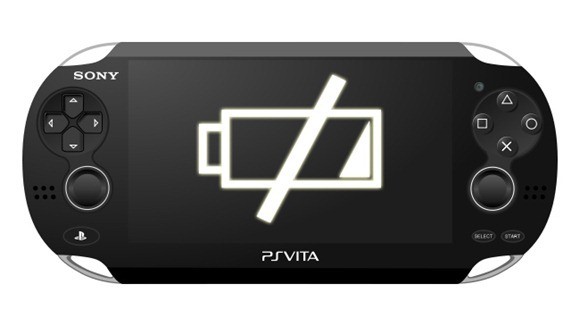
The battery life for handheld gaming devices these days are horrible. The 3DS' 3-5 hour battery life appalled gamers when it was first announced. With PS Vita's longer list of features and bigger screen, expect much less.
A Japanese press release by Sony quantified the the Vita's built-in 2200mA Li-ion battery life: approximately “3~5 hours” for games, approximately “5 hours” for video, and approximately 9 hours for music “in stand-by mode.” That means with the Bluetooth turned off, using headphones instead of speakers, using the default screen brightness setting, and turning off all network-enabled gaming features by disabling 3G or WiFi. With some or all of these modifiers in use, who knows how long the PS Vita will survive between charges.
3. PSOne Classics and other Game Archives won't work on Vita at Launch
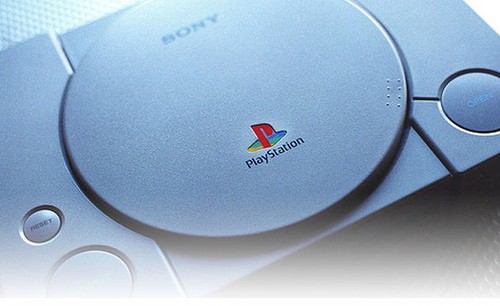
If you play PSOne classic games on your PSP, you're in for a big disappointment. According to the Japanese Vita FAQ, game archive games (such as the PSOne classics) will not be compatible with the Vita at launch. “Plans for future measures will be announced shortly,” says the translated Vita FAQ.
Considering how powerful the Vita will be, this is definitely not a technical issue. It's most likely a licensing issue, or Sony's still trying to figure out how to combine the existing PlayStation store with the smaller PlayStation Suite of the store, which offers a smaller and slightly different selection of PSOne games. Either that, or they're going to pull a Nintendo on all of us and convince us poor fools to buy the same games over and over again.
[
4. Vita's 'UMD Passport' Feature Will Not Support Most Games.
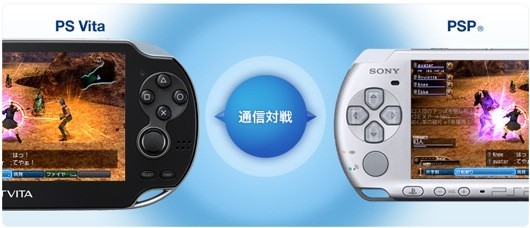
Don't throw away or sell that old PSP once the PS Vita arrives. Sony will offer what is known as the “UMD Passport” program once the Vita arrives, which allows you to convert the UMDs you've amassed from your PSP and convert them to a digital version that is compatible with their new portable. Sounds cool, right?
Not quite. First of all, there's a fee involved. In Japan, the fee to transfer these games range from ¥500 ($6.44) to ¥1,500 ($19.38). According to a list of games available for this service at launch, there are roughly 262 games from publishers such as Atlus, Nippon Ichi, Acquire, Kaga Create, Alchemist, Tecmo Koei, and SNK. However, there are currently no games available from major publishers such as Square-Enix, Capcom, Konami, Sega, EA and Namco Bandai. Although it's possible that you may never see support from these popular publishers, Sony does vaguely mention that they are “planning” to support the UMD Passport.
5. Vita Won't Support Simultaneous Web Browsing and Gameplay
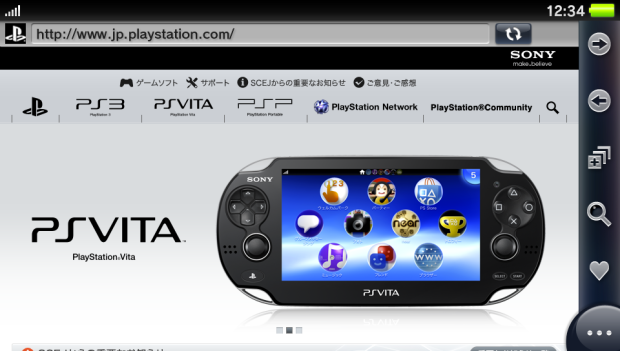
The Vita can do a lot of non-gaming related tasks. However, you won't be able to access the built-in web browser while a game is running. So that means you'll have to exit out of your game first in order to check GameFAQs if you're stuck in a particular game.
The Vita can access Twitter, your personal music library, your friends list, and so much more, but just not that web browser. If the new browser is anything like the one on the PSP, you're better off finding alternate means of accessing the web anyway.
6. Vita Limited to One PSN Account Per Console

NeoGAF user mehdi_san recently attended a PlayStation demo event in Osaka, Japan, and noticed a note at the bottom of one of the Vita's flyers confirming that only one user account can be used per Vita system. While this may not affect most players, it does mean that there isn't a possibility of game sharing similar to the PlayStation 3, and multiple users cannot use the same portable, unless they don't mind sharing an account.
If you want to use a different account then, you're going to have to delete everything off that system and format it to its factory settings.
- Ten Things You Didn't Know About Super Mario Bros.
- Ten Signs You're An Aging Gamer
- Five iOS Games That Made Me Ignore This Year's Greatest Games
- Vaporware: 5 Video Games That Should Be Released By Now
- Five Video Games to Convince Non-Gamers They Can Play Video Games
- Ten Unique Ways to Perform the 'Legend of Zelda' Soundtrack
- Top 5 Strangest Street Fighter and Mortal Kombat Clones
- “Sorry, I'm Dead”: Most Memorable Video Game Quotes

